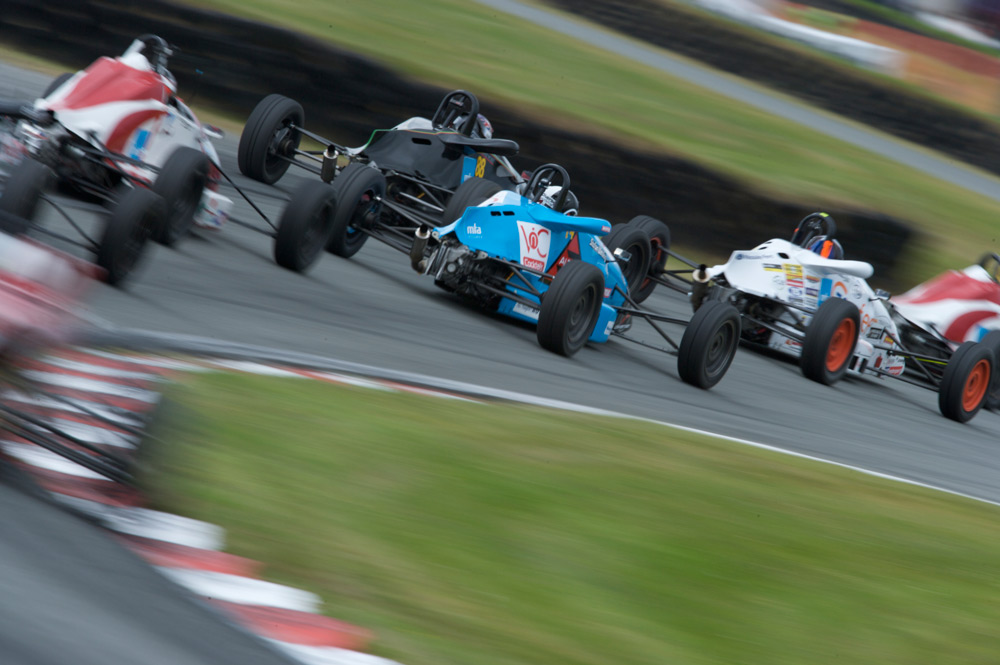The memories of our father or grandfather’s vegetable garden can be romantically instilled in our minds. The freshness of the vegetables is vivid and the taste can still be remembered. So much so that we, in turn, want to grow the same varieties to both remember and enhance that memory. In my day job as a horticulturalist I am often asked ‘why can’t we get the good old varieties our father’s grew?’
It is similar with cars. In 1980, my brothers and I went thirds in a second-hand 1966 Triumph Vitesse. The gear box was smooth, in the winter the heater was so warm (after 20 minutes) and the sweet smell of the engine lingered in the car heading out to parties and gatherings.
Would I want to have that Vitesse as a drive car today? No! I loved it, but technology has advanced considerably and any connection is pure emotion and nostalgia. It just won’t cut the mustard. Neither will the old vegetable varieties. Technology has moved on, varieties are more productive, have better disease, pest and drought tolerance.
And so we find ourselves with the mighty Ford Kent engine. Originally developed in 1959 for the Ford Anglia – yes that’s 59 years’ ago – the Ford 105 was used in Formula Junior and later became the uprated ‘Kent’ engine, the predominant power unit for Formula Ford after its introduction in 1971.
Still, in 2018 it is powering our Formula 1600 category and will be used through to the 2022/23 season.
A decision will be made before then on what the class will progress to.
The difficulty in such a decision is not necessarily the outcome but the process. Opinions and solutions offered by a myriad of stakeholders will be varied. Arguments will follow, no doubt some will throw their toys out of the cot while others will pack up and move to other categories.
What needs to be kept in mind is the question, ‘What is the best (and cost effective) avenue for motorsport to power the next generation of Brendon Hartley’s, as they go through the Formula 1600 category?’
It’s not necessarily about what we want, but what is best for the next wave or generation of drivers that will compete in the class. Another question could be, ‘What engine engine should be in my car for the next owner?’

Three options to consider are as follows:
1/ Keep the status quo
2/ Move to a modern controlled power unit that is both cheap and accessible
3/ Allow a number of different engine types to be used but with the same output.
Other than establishing a historic class, keeping the current Kent engine is not a suitable outcome. We must progress with technology otherwise the Formula 1600 category in NZ is in danger of being left behind.
It is time for the Kent engine to retire gracefully and a worthy replacement found. Let the discussion begin.



Comments